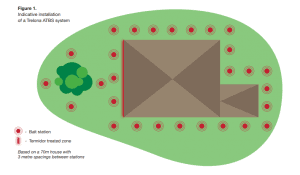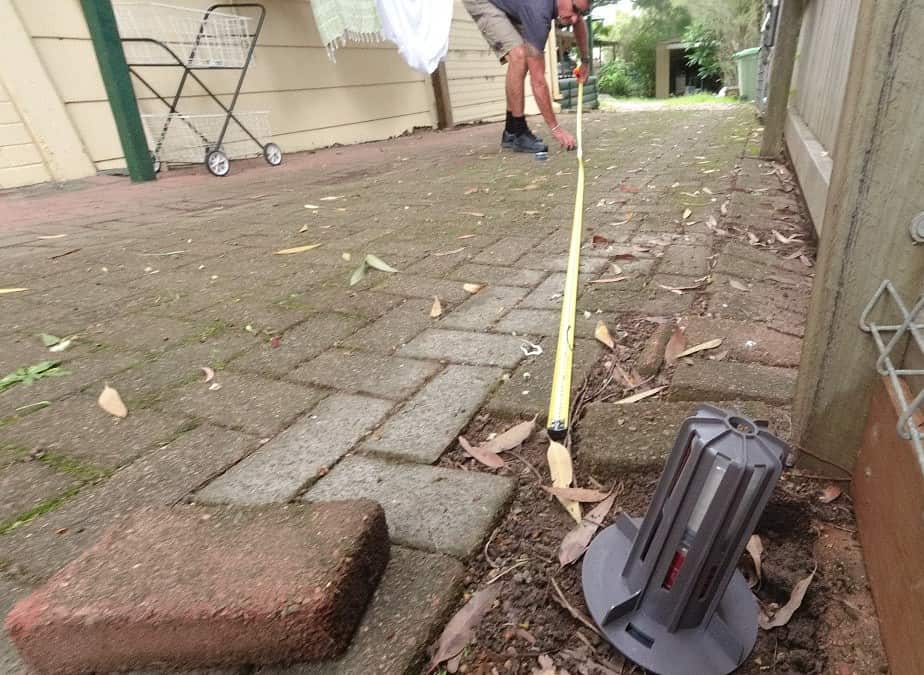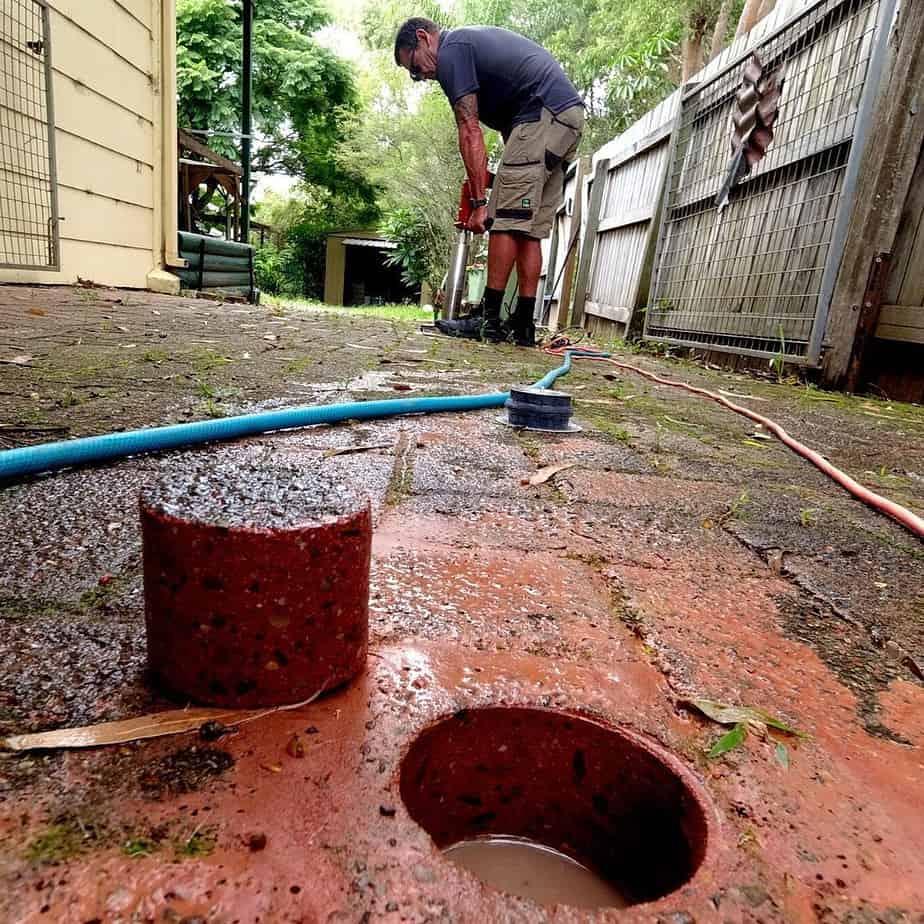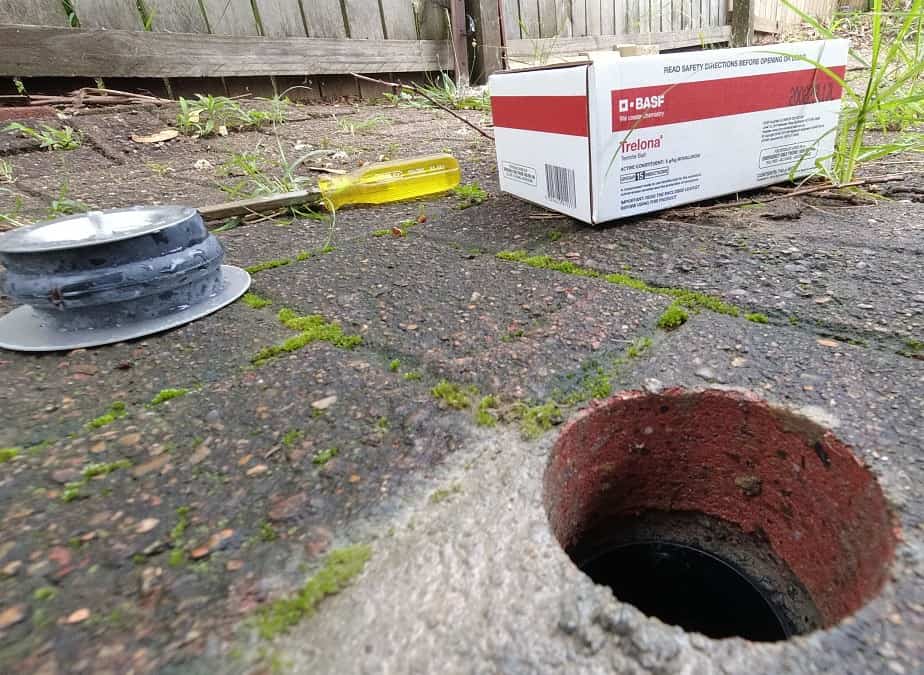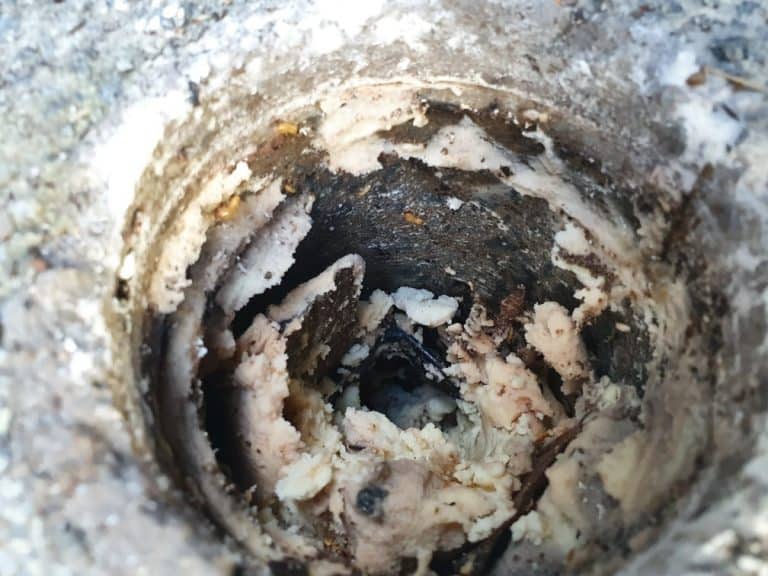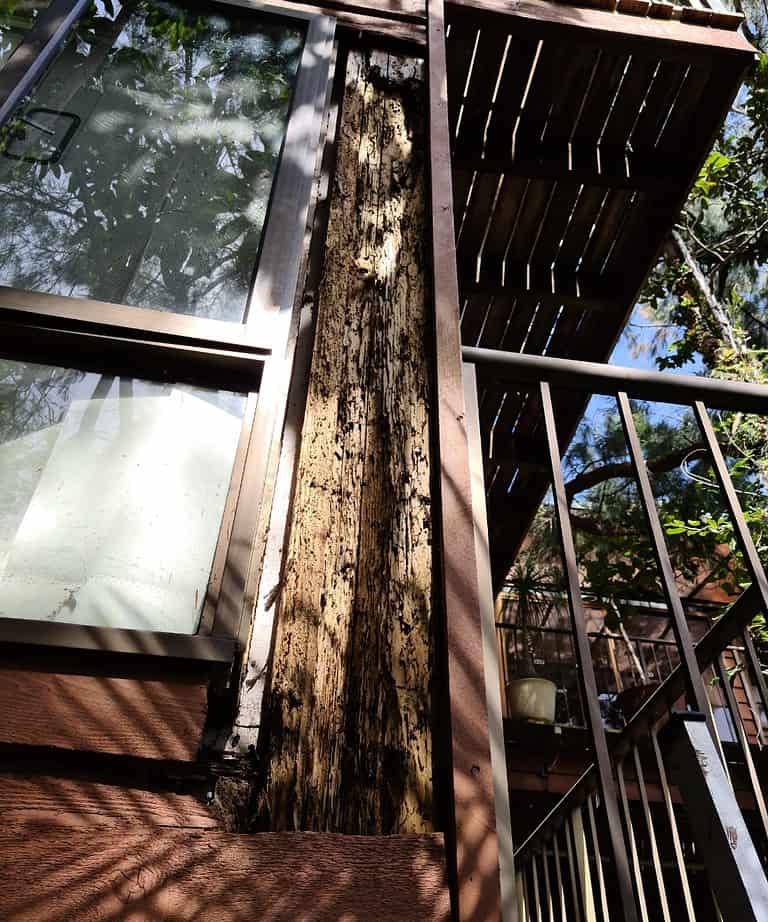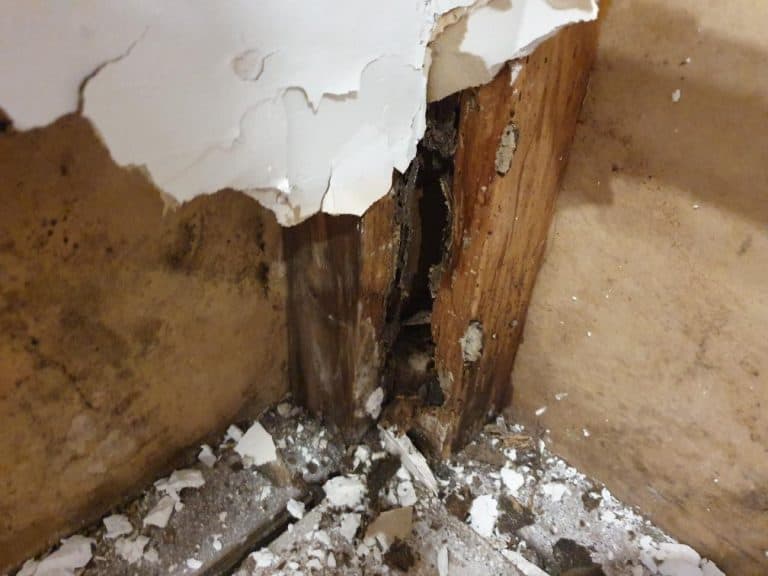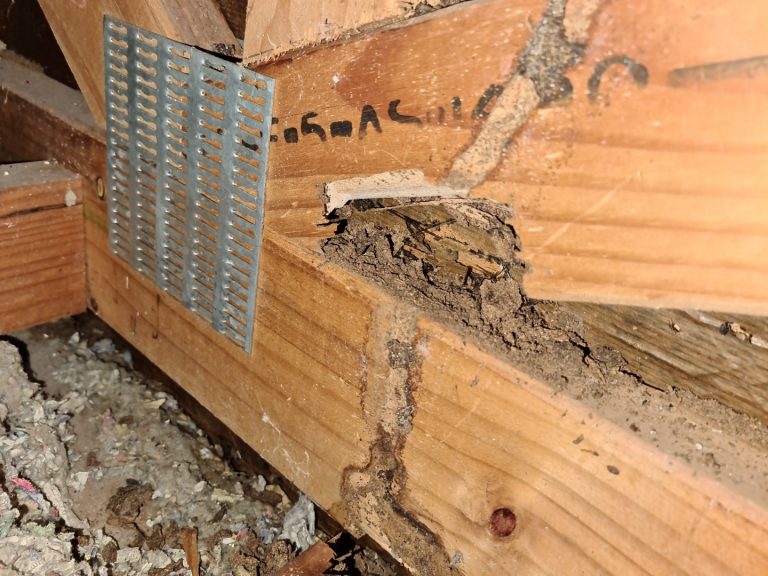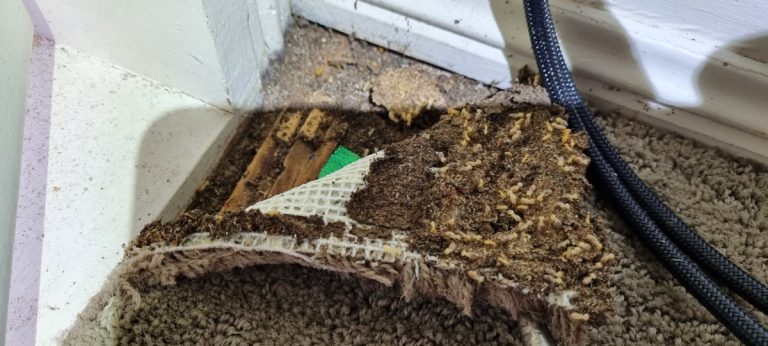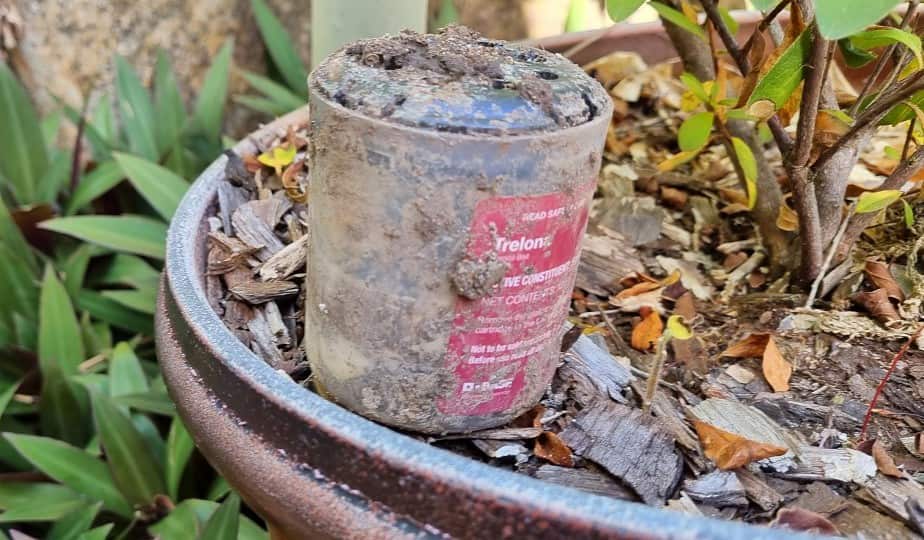Termite Barriers
The term “termite barrier” is a bit misleading in some ways. Firstly, it often isn’t a physical barrier. And to be honest, we discourage the use of the term “termite barrier” because it doesn’t properly explain what we do. But it is a common term and so we’ll use it here. With that in mind, let’s start by definining…
...what is a termite barrier?
There are two types of termite barriers. One is physical and the other is chemical. Gold Coast Pest Inspector implements chemical termite barriers (which, I have to stress again, aren’t actually barriers).
A physical termite barrier is something like Termimesh, who install a termite-proof mesh in your home. The idea behind products like these is you fully encase your home with this mesh, leaving no path for termites to enter your home. They install a phsyical termite barrier.
What people call a chemical termite barrier can take several forms. There is the version where people drill holes around your home and pour a chemical soup into it. That isn’t actually a barrier. We have seen these fail too many times to use the word barrier when describing them.
The other chemical barrier is a series of bait stations. This is what we use here at Gold Coast Pest Inspector. We can’t legally or ethically call these a barrier because they’re not. They’re a series of bait stations and we wouldn’t want to mislead you in any way.
Let’s examine each of these in more detail.
Physical Termite Barriers
Physical termite barriers are materials that have been specifically designed to prevent subterranean termites from gaining access to a structure. Physical termite barriers are free of pesticides and physically block termite foraging activity.
These barriers are usually put in place when a building is being built.
They are designed to force termites to build their mud tubes outside of the structure, where they will then become visible to a trained pest management professional. And for many people the sign of mud tubes is the first sign of termites on your property.
The advantage of this kind of barrier is that it is free of chemicals. The disadavantage is you have to install it when the home is being built. If you haven’t done it already, you’re unlikely to retrofit it.
Chemical termite barriers
A chemical termite barrier is a chemically treated zone that surrounds the perimeter of a building or structure.
As we said above, chemical barriers can take one of two main forms. One version sees the pest controller drill holes around your home. Into these are pumped a chemical that kills termites. We have issues with this kind of treatment. Notably, you’re pouring chemicals into your environment. It’s a clumsy and messy solution that pollutes unnecessarily. Secondly, the chemicals kill termites but do not kill termites in the colony. As we’ll explain soon, the other type of termite barrier results in termite colony collapse, when the termites take the bait back to the colony. This type of termite barrier system that relies on pouring holes into your home’s environment, has a dangerous Achilles heal. If a termite does get beyond the barrier, you’re in big trouble. This type of barrier never removes the actualy problem, the termite colony, so it needs only one slip in it’s never-ending battle against termites and your home is in big trouble.
The other type of chemical barrier system, the type we use, is sometimes also referred to as a Baiting System.
Advanced Termite Baiting System
The treated zone consists of a series of bait stations beneath the ground, positioned strategically in an effort to disrupt the termite’s natural path. By placing them at designated intervals, these bait stations are close enough together to attract any termite who might pass through. The bait stations have attractants in them that termites find irresistible. They also contain pellets of poison for the termites.
The system we recommend and use at Gold Coast Pest Inspector is Trelona ATBS (Advanced Termite Baiting System). This is a system of strategically placed bait stations that upset the flow of movement for termites and at the same time are also attractive to termites.
The chemicals used to create this barrier prevent the termites from breaching the treated area, and gaining access to your property. Termites that come into direct contact with the treatment are killed, and also, over time the entire colony is destroyed as the termites take the poison back to the nest and therefore kill the nest also.
There are many advantages to this system. Firstly, the chemicals are entirely contained within the bait. They are inert and harmless, and not released into the environment in any way. Secondly, since the system can cause termite colony collapse (when termites take bait back to the colony) it removes the problem, rather than trying to merely protect you against it.
Advantages of a termite baiting system
- Uses and inert poison that is not released into the environment
- Uses and attractant to lure in termites
- Allows termites to take the bait back to the colony
You may ask, Do I need a termite barrier system?
The simple answer is: Yes you do need a termite barrier, especially if you live in a subtropical climate like the Gold Coast.
NB: Please keep in mind that we are referring to a termite baiting system. We’re using the popular phrase termite barrier only because that is the way most people (except pest inspectors) refer to it.
The warm, moist conditions of the Gold Coast are ideal termite environmental conditions. An ideal environment means that termite colonies can grow quickly.
The more effective the termite barrier you put in place the safer your property will be.
We constantly see the damage caused to Gold Coast homes by termites. Every week we see so many examples of costly damages. It’s not unusual for these damages to be approaching the $100,000 mark. Even smaller damages can be expensive, and as we note in another article, the average cost of termite damage in Australia is $10,000. Below are some images from our recent work. They may or may not be up to date. To see more images of termites and termite damage try our Gallery page.

